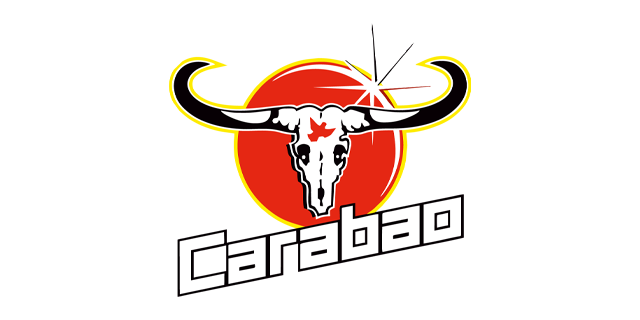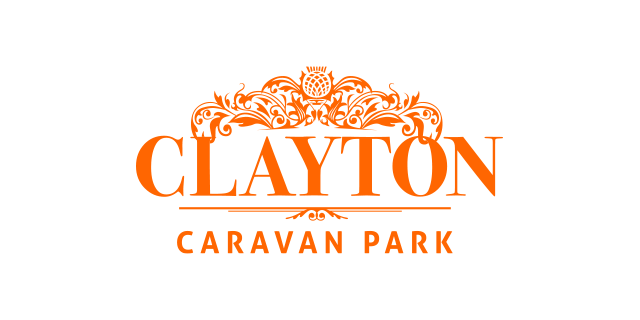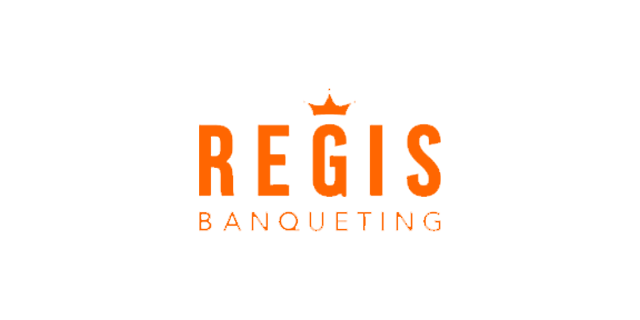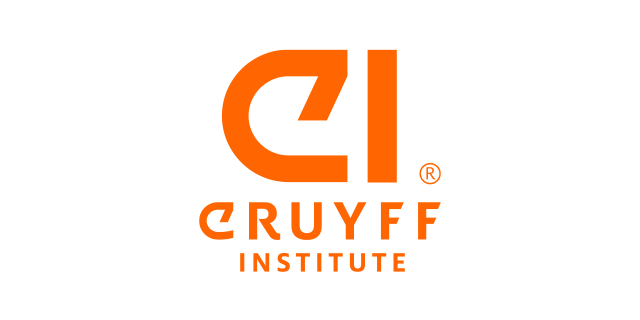The origin of Dundee United lies in the establishment of a football club to fulfil the desire of the Irish immigrant community, which had gathered in Dundee by the early years of the 1900s. Earlier attempts to provide a focus for the Dundee Irish invariably failed until the formation of Dundee Hibernian.
The founding of the new Club was achieved through the efforts of a group of local businessmen with Irish origins, who began the process in the early months of 1909. The driving force behind the move was a local bicycle trader, Pat Reilly who would become the Club’s first Manager. Formed on 24th May 1909, Dundee Hibernian took over the lease of Clepington Park, immediately renaming it Tannadice Park, which has been the home of the Club ever since. Not surprising in view of the Irish connection, the colours chosen were green and white.
 The first match to take place at Tannadice Park was a friendly against the Hibs of Edinburgh on 18th August 1909. The match ended in a 1-1 draw in front of a 7,000 crowd. The first goal scored by a Dundee Hibs player was netted by Jamie Docherty, to equalise the goal scored by the visitors.
The first match to take place at Tannadice Park was a friendly against the Hibs of Edinburgh on 18th August 1909. The match ended in a 1-1 draw in front of a 7,000 crowd. The first goal scored by a Dundee Hibs player was netted by Jamie Docherty, to equalise the goal scored by the visitors.
Dundee Hibs applied for membership of the Scottish League in 1909 but this first attempt failed and they spent their inaugural season in the Northern League. They did however, collect silverware in that first season, winning the Carrie Cup, a local trophy contested by clubs in Forfarshire. Heavy lobbying by Pat Reilly and the Board of Directors at Tannadice brought a successful application to the Scottish League in June 1910 and the new season kicked off with a match against Leith Athletic at Tannadice.

The onset of the First World War ended the Scottish Leagues temporarily and Dundee Hibs spent the war years in the Eastern League until it too was abandoned in 1918. After the war ended, it was widely assumed that the Scottish Leagues would pick up where they had left off in 1915. However, although an extended First Division was re-instated, the Second Division was not and Dundee Hibs resigned from the Scottish League to take part in a resurrected Eastern League in 1919-20. The Club had a good season, sitting at the top of the league from start to finish to win the championship.
Hibs rejoined the Scottish League in the summer of 1920 but after a motion to reform the Second Division was defeated, they resigned again. This time, Hibs were joined by the other former Second Division sides who all moved to the independent Central League. A year later, the Scottish League at last relented and recreated the Second Division with, for the first time, automatic promotion and relegation. All of the Central League sides were accepted for the new league. One important stipulation in the new set up was that the bottom two clubs at the end of 1921-22 would drop out. Unfortunately, Dundee Hibs were one of those sides and the Club again found itself in the football wilderness.
In the run up to 1922-23, the Dundee Hibs Directors desperately held on to the hope of redemption but in so doing, almost missed the chance to play in any other league. Mere days away from extinction, the Club was handed a lifeline when they were offered a place in the Scottish Alliance League, which was in effect the reserve league for the First Division sides. Hibs struggled through that campaign but all the while, the Directors were canvassing support for a return to the Scottish League. They worked tirelessly in the Dundee Hibs cause and it paid off when the Club was voted back into the Second Division for 1923-24.









